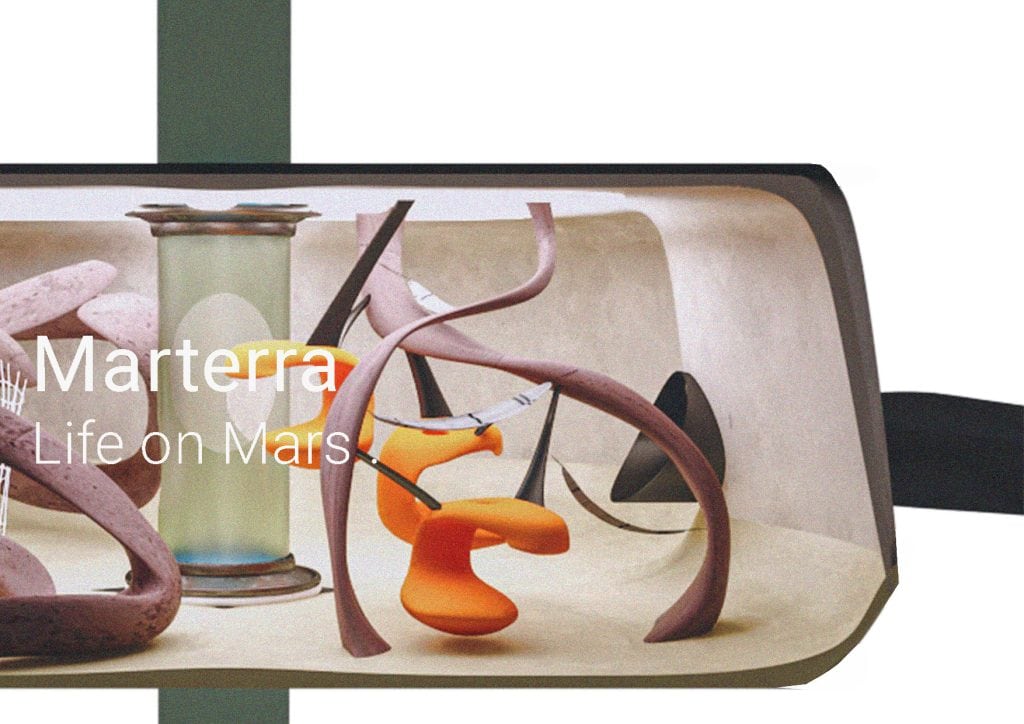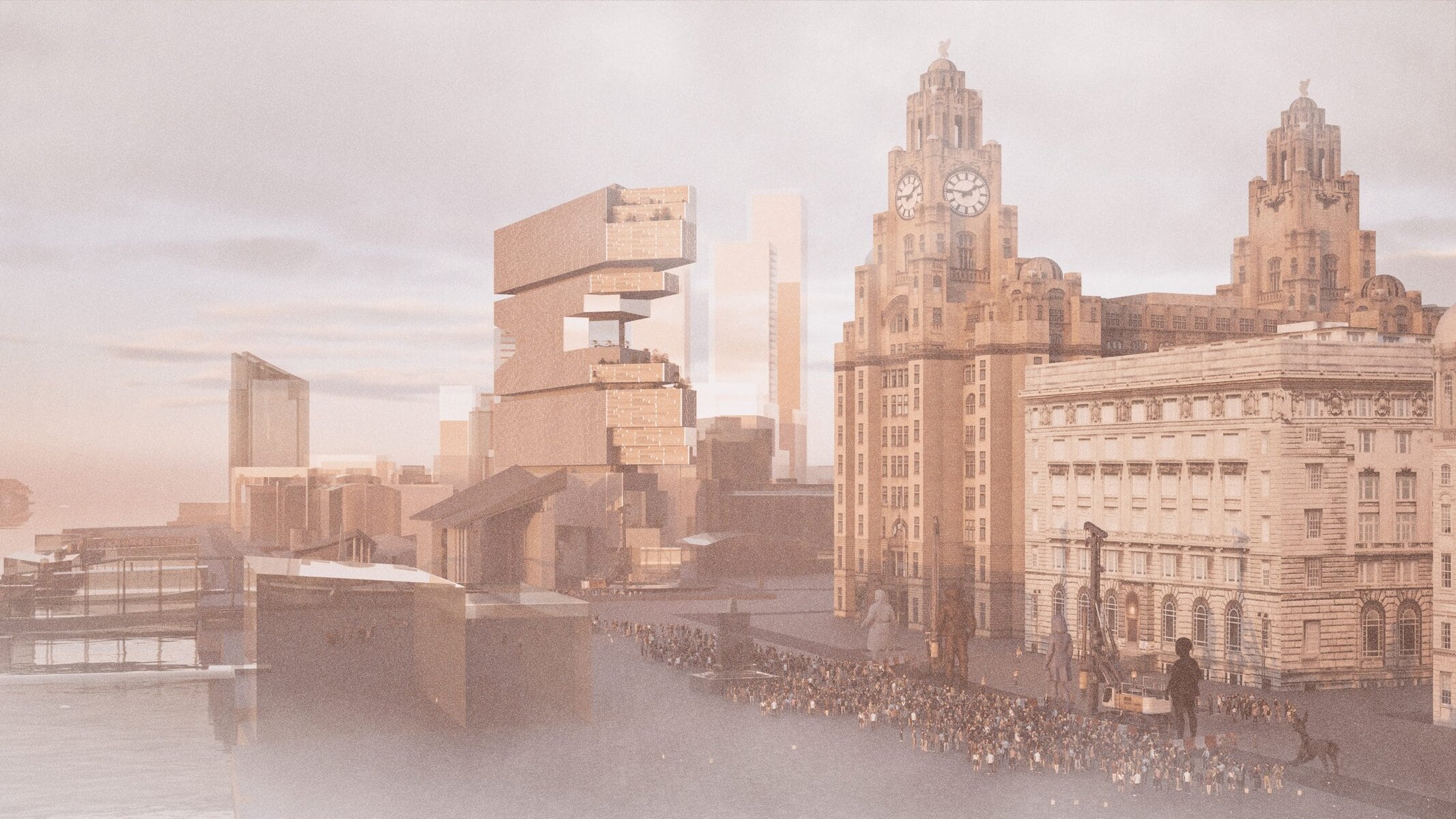MARTERRA: Designing Home on the Red Planet
Reimagining Well-being for Mars’ First Inhabitants
For many architecture graduates, the leap from concept to transformative vision defines the next generation of designers. Prasad Bauskar, a recent MA Interior Architecture and Design graduate—with distinction—from the University of Hertfordshire, exemplifies this spirit in his thesis project, MARTERRA – Life on Mars. With professional experience in studios across India and the UK, Prasad brings a multidisciplinary approach that traverses interior architecture, furniture design, speculative scenarios, and the fine art of sketching. His design philosophy is rooted in a single but powerful question: what does it truly mean to feel at home, even on another planet?
Beyond Survival: Designing for Life, Not Just Existence
MARTERRA is not content with the utilitarian. Inspired by NASA’s groundwork for Martian missions, Prasad’s project challenges the prevailing focus on baseline survival in hostile environments. Instead, it imagines a setting for emotional wellness, meaningful daily rhythms, and genuine human connection—a home, rather than a shelter.
The proposal supports a crew of four to five, exploring the emotional and physiological needs of individuals sharing confined, subterranean quarters. “Wherever we are—Earth, Mars, or anywhere unknown—spaces must do more than keep us alive. They need to remind us we belong,” Prasad notes. MARTERRA’s interiors defy the stereotype of sterile, modular, spaceship living. Every detail supports lives that are rich, creative, and connected.
The Element of Surprise: Counteracting Sensory Fatigue
Martian expeditions would confront psychological challenges as daunting as the technical ones, chief among them sensory monotony and isolation. MARTERRA’s answer is the “surprise and variation” theme: a spatial choreography that shifts morphology, color palette, and atmosphere throughout the day and week. Modular walls, responsive lighting, and adaptable furnishing turn each area into a dynamic environment that keeps spatial fatigue at bay.
In practice, this means pathways that curve and spiral, communal zones that ebb and flow with activity, and rooms that can transform their function and mood. For a crew cut off from the familiar cycles of Earth, Martterra introduces an architecture of delight: every step taken, every corner turned, becomes both familiar and new.
Embodied Wellness: Redefining Movement in Low Gravity
The physiological toll of low gravity—most famously, “chicken leg syndrome,” the loss of muscle mass from reduced physical activity—is a lesser-known design problem. In many concepts, astronauts resort to dedicated workout periods. MARTERRA, by contrast, embeds the antidote in daily movement. The plan lengthens routes between key social nodes—not for inefficiency, but for subtle exercise. Stairs and vertical connectors force gentle resistance, making activity intrinsic to the habit of living.
Featured “movement corridors” and interconnected platforms persuade crew members to walk, climb, and stretch as part of their habitual circulation. The result is a habitat that cares for its inhabitants’ bodies without interrupting the narrative of ordinary life—even as it writes a new script for what “everyday” might mean 54 million kilometers from home.
Cultivating Community: Spaces for Ritual and Spontaneity
What truly distinguishes MARTERRA is its attunement to emotional and communal well-being. The everyday rituals of shared meals, reflective conversations, creative play, and fleeting gossip are woven into the scheme. Prasad has given these moments architecture: The Ring for group contemplation, the Circle of Hobbies for hands-on making and quiet focus, Gossip Town for unstructured exchange, and the low-gravity lounge where crew can relax, explore playfulness, and make new traditions.
Nature is not forgotten—biodomes and hydroponic gardens light the underground with diffuse illumination, bringing organic form and scattered sunlight into reach. Subtle transitions in ground texture, soft materials, and intimate alcoves temper the risks of sensory deprivation and accentuate MARTERRA’s core promise: even here, you are at home.
A Thesis Recognised for Vision and Humanity
MARTERRA stands out not just for its technical ingenuity but for its generosity of spirit. The project asks us to imagine not merely how we might survive the isolation of Mars, but how we can preserve—and even inspire—the rituals, relationships, and creativity that keep us wholly human.
While the habitat is fictional for now, the questions it asks are immediate for architects reshaping remote workplaces, tight urban living, and the boundaries between public and private space on Earth. MARTERRA is already influencing discussions well beyond the university studio. The project has been met with critical excitement by tutors and peers; its sketches and diagrams inspire debate on what the next frontier of interior architecture must become.
Connect with Prasad Bauskar: For Collaboration and Conversation
Prasad Bauskar continues to explore the edges of design and human experience through freelance projects, conceptual provocations, and interdisciplinary research. He welcomes collaborations, questions, and new networks—from architects, interior designers, space enthusiasts, and anyone curious about the interplay of environment and emotion.
Connect with Prasad on LinkedIn or reach out directly via email at pdbauskar25@gmail.com.
MARTERRA prompts us to ask: Wherever humans travel, how do we carry a sense of belonging with us? Prasad Bauskar’s answer is both practical and poetic—by building surprise, comfort, movement, and community directly into the spaces we call home, even when Earth is just a distant blue dot.







Add a comment